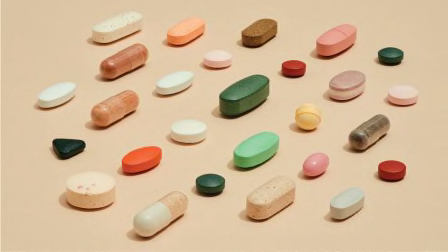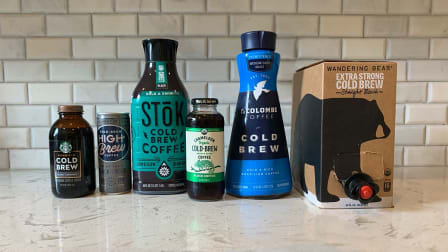How Much Caffeine Is Really in Your Coffee?
We tested the levels of caffeine and contaminants in brews from Dunkin', Folgers, Starbucks, and more. Some will wake you up—or keep you up—more than others.

Whether you drink coffee to jump-start your day or just because you enjoy it, the habit has some real health benefits, including for your heart and brain. But too much caffeine—more than 400 mg per day, per the Food and Drug Administration—can lead to jitters, sleep troubles, headache, upset stomach, and more
Caffeine in Café Bustelo, Dunkin’, Folgers, Starbucks, and More
We tested ground coffees purchased from local supermarkets across Connecticut, New Jersey, New York, and online, including blonde to dark roasts, some flavored, three instant, and one espresso-style. We also tested medium-roast brewed coffees purchased at Dunkin’, McDonald’s, Peet’s, and Starbucks. We measured caffeine amounts in all the products.
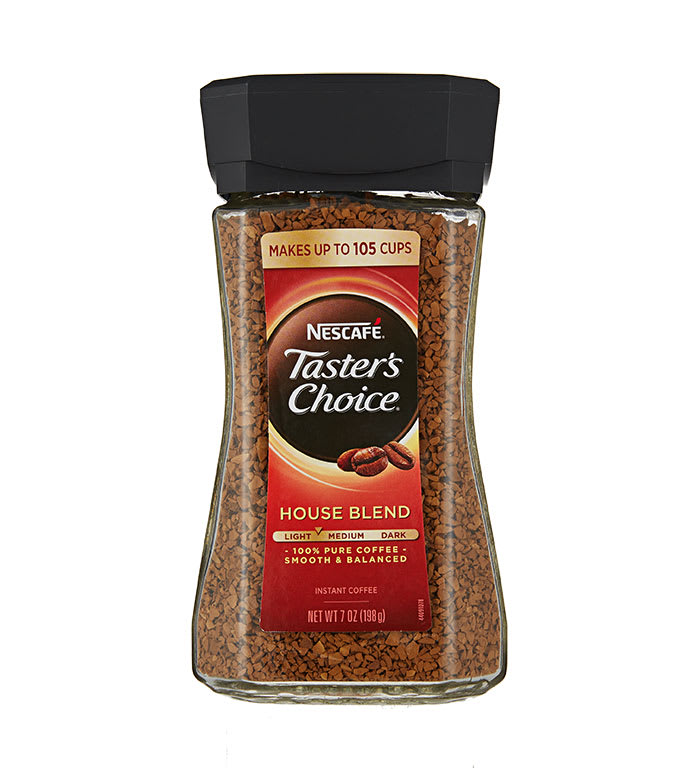
House Blend Instant Coffee
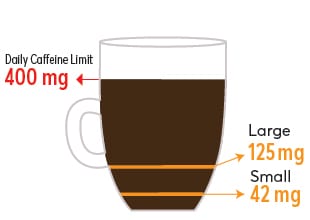
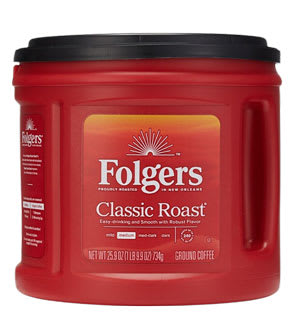
Classic Roast Instant Coffee
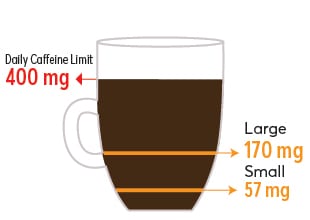
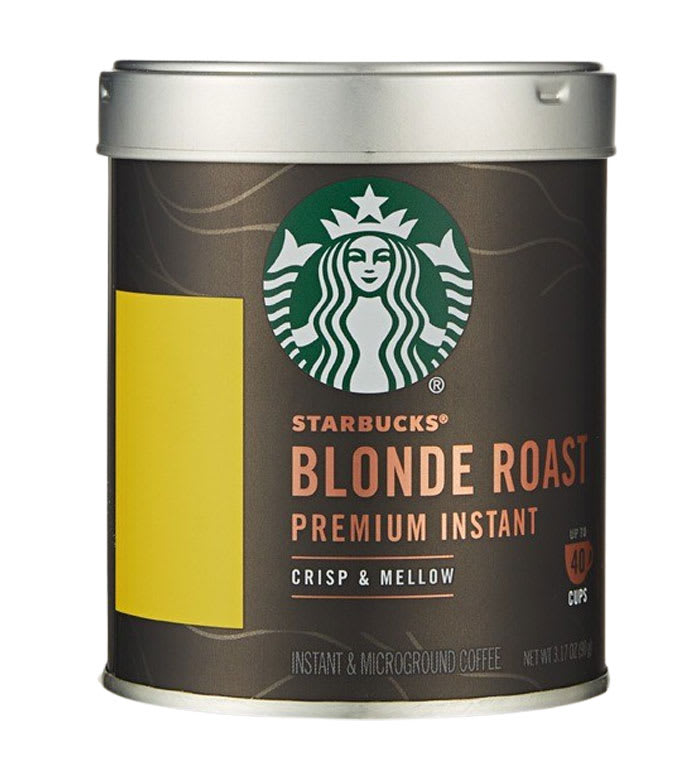
Blonde Roast Premium Instant
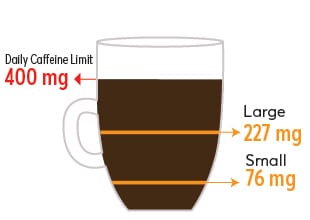
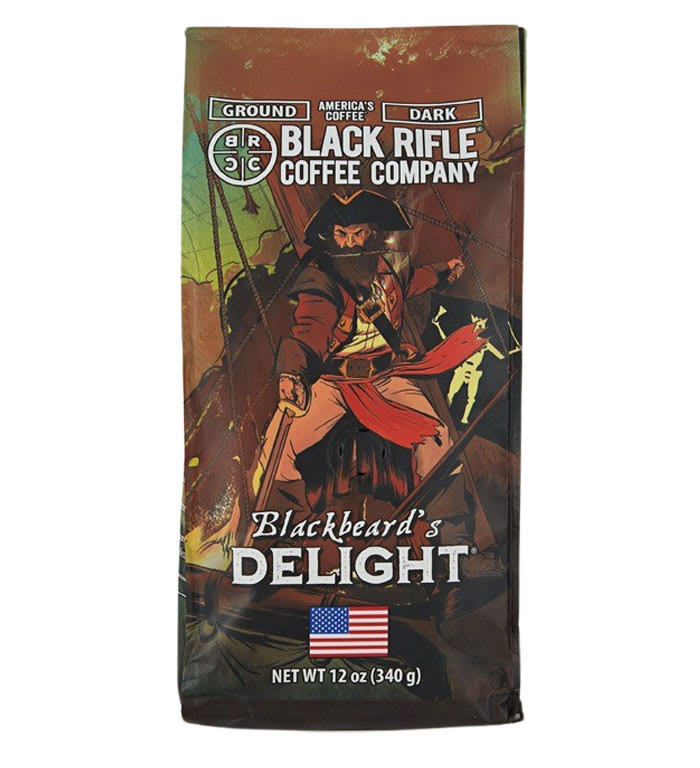
Blackbeard's Delight Roast


Pike Place Medium Roast

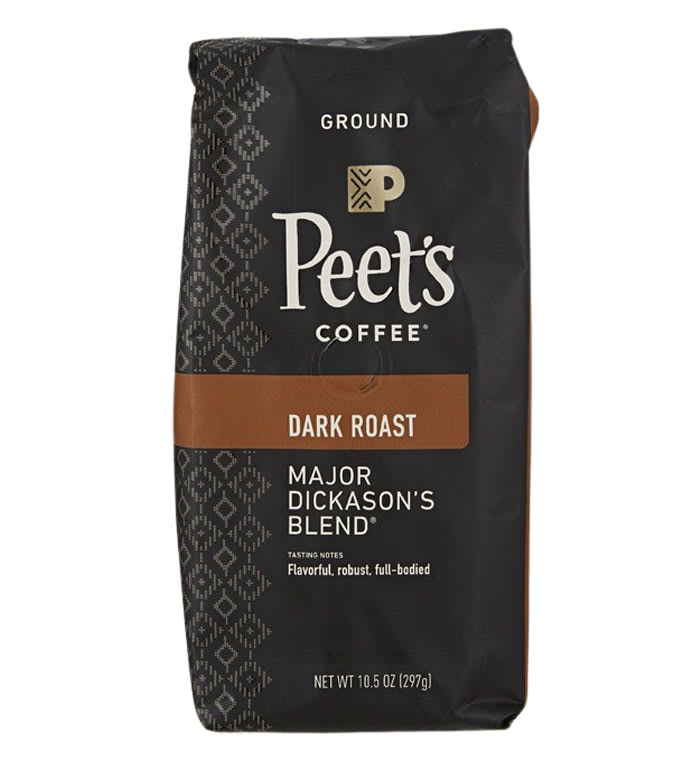
Major Dickason's Blend Dark Roast
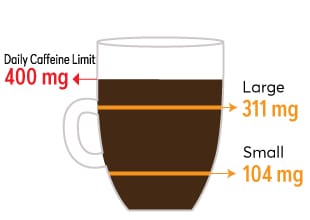
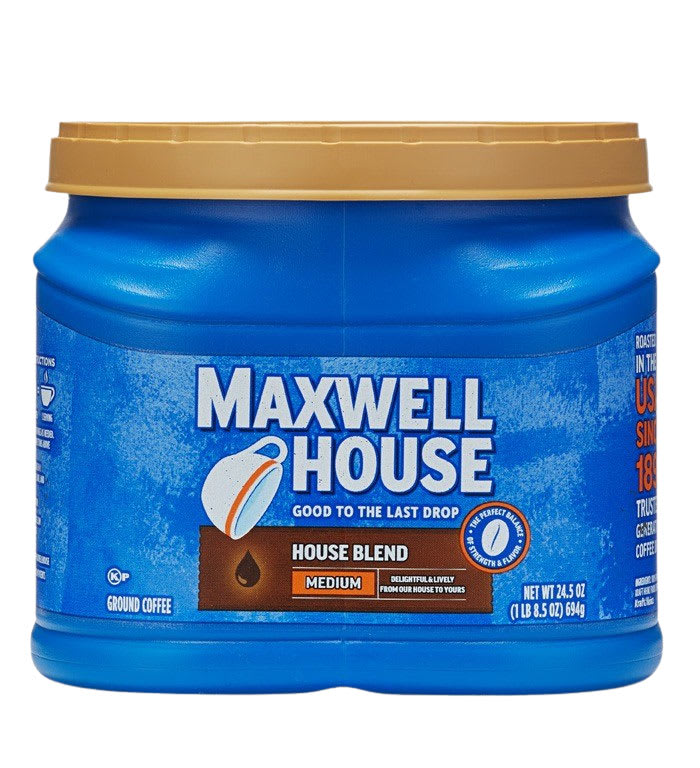
Breakfast Blend Mild Roast
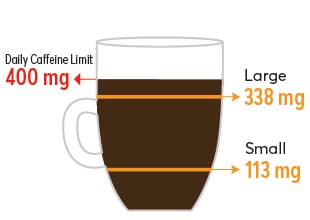
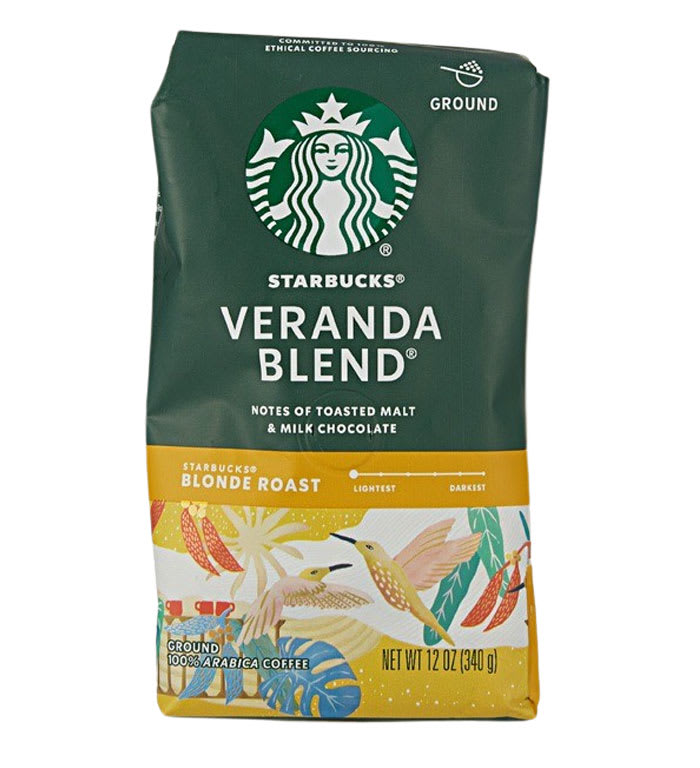
Veranda Blend Light Roast
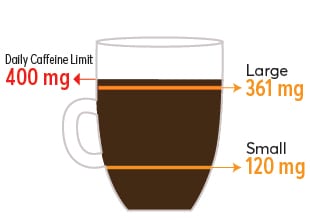
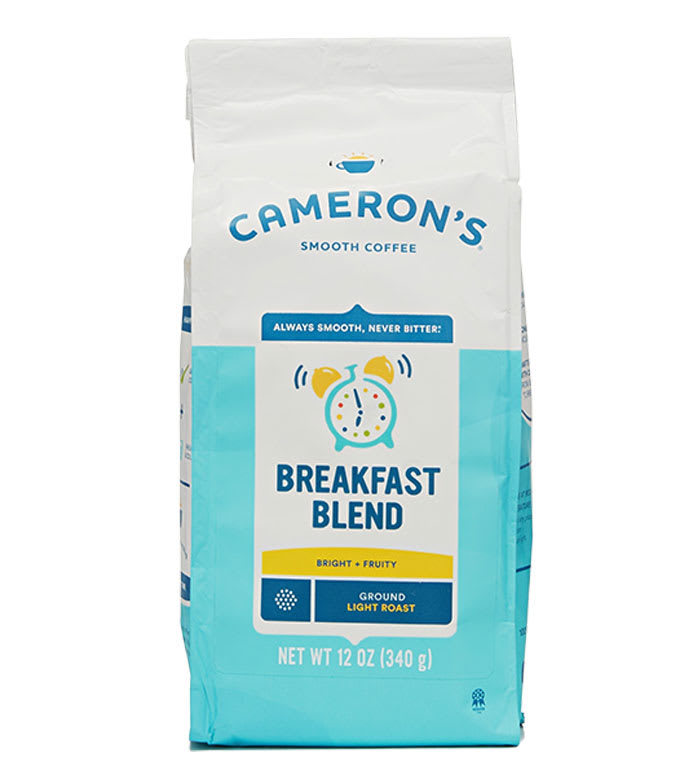
Breakfast Blend Light Roast
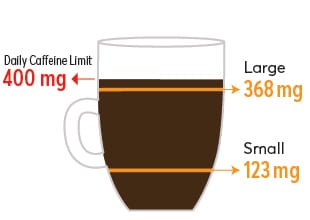
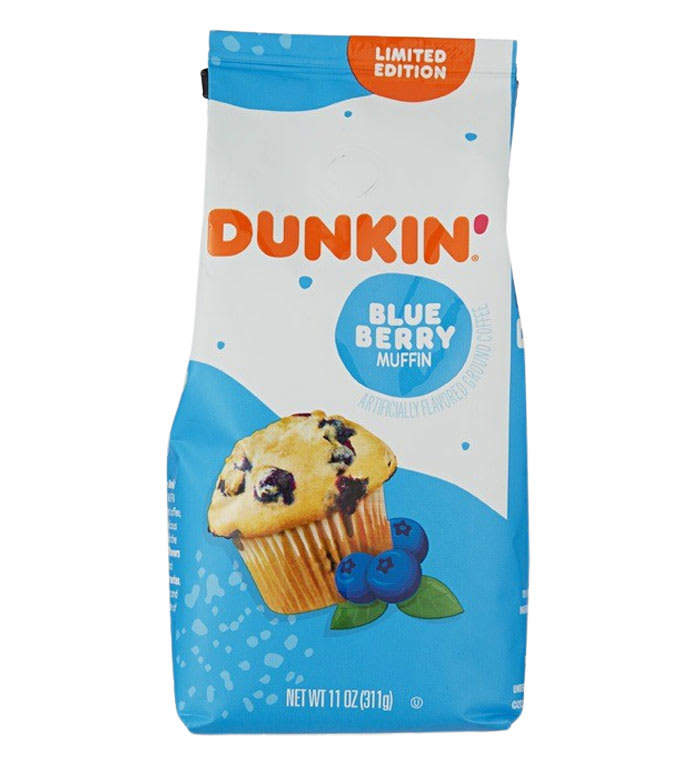
Blueberry Muffin Medium Roast
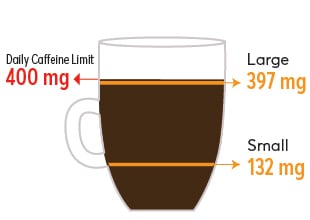

Caramel Macchiato Light Roast
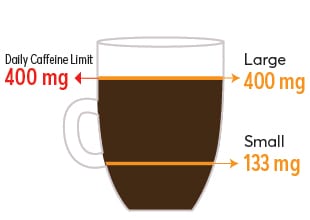
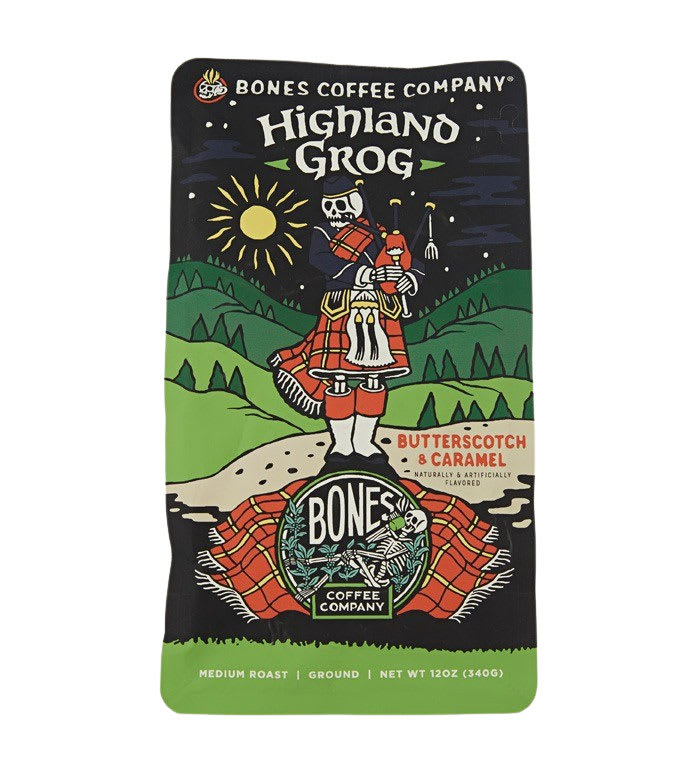
Highland Grog Butterscotch & Caramel
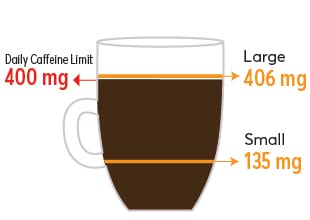
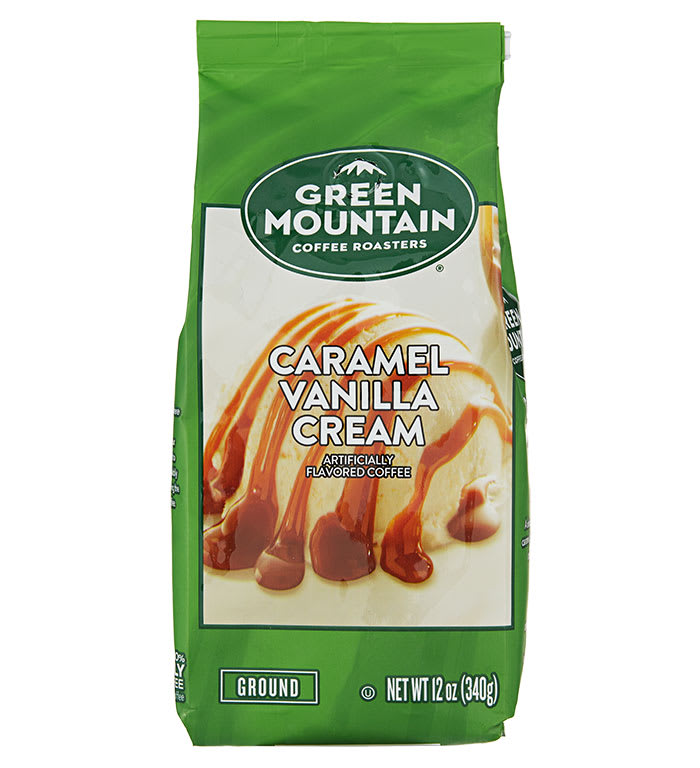
Caramel Vanilla Cream Light Roast
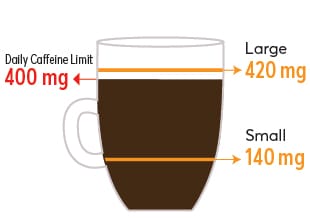
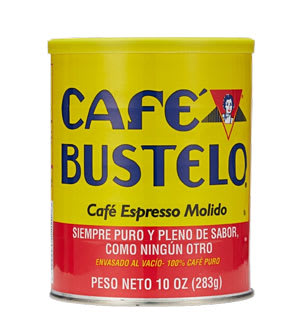
Espresso Ground Coffee

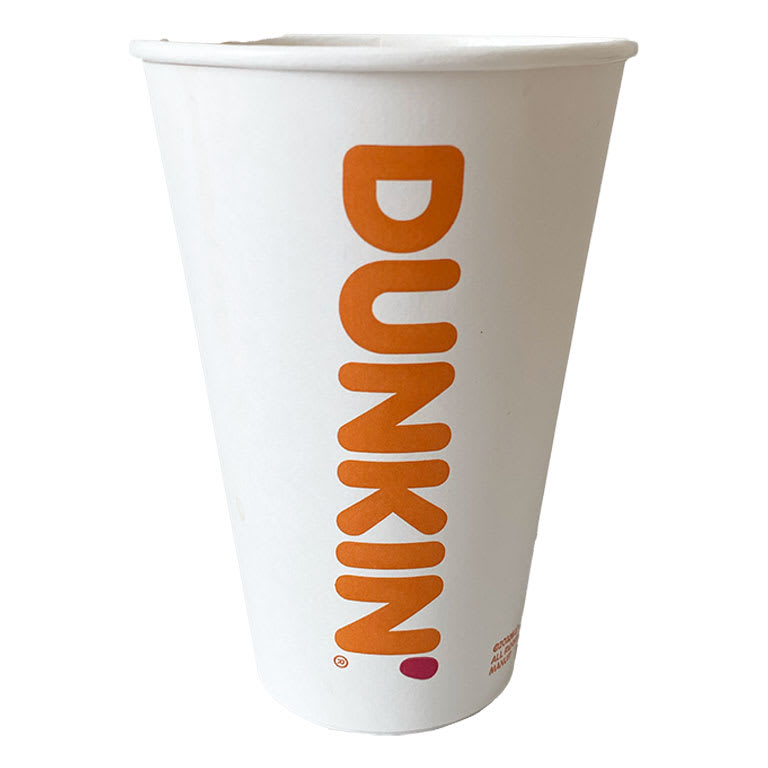
Original Blend Medium Roast
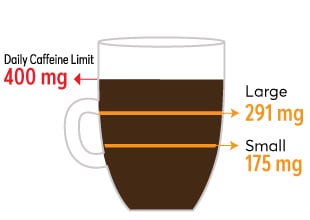

Premium Roast
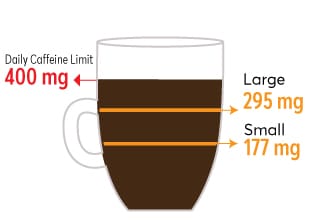

Pike Place Medium Roast

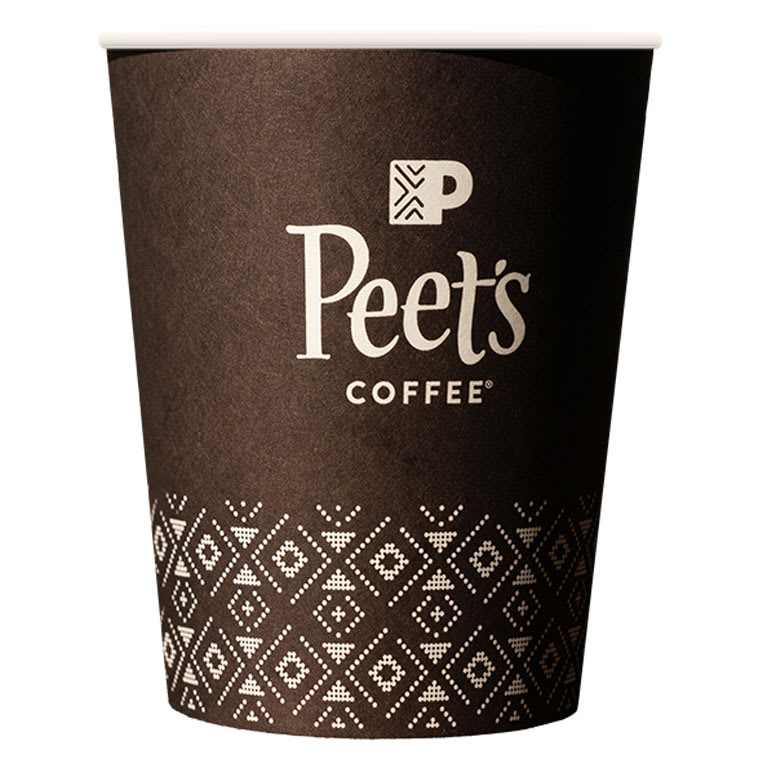
Major Dickason's Blend Dark Roast

Caffeine amounts varied among all the samples we tested and especially between the supermarket and coffee shop types. Of all the coffees we tested, Café Bustelo Espresso Ground Coffee had the most caffeine. Among the non-espresso ground coffees, flavored blends tended to have higher caffeine levels. The instant varieties were lower in caffeine than the ground, full-caffeine types. (Keep in mind that how you brew at home will affect caffeine amounts, too, including the brewing method, time, and ratio of coffee to water that you use.)
No decaf coffee is 100 percent caffeine-free, and we confirmed that in our study. Along with the caffeinated coffees in our chart, we also tested Green Mountain Coffee Roasters Breakfast Blend Decaf Light Roast and Lavazza Dek Filtro Decaffeinated Medium Roast Coffee (whole bean). Both had 7 mg of caffeine in 8 ounces.
As for the brewed varieties we purchased at coffee shops, Peet’s Coffee Major Dickason’s Blend Dark Roast and Starbucks Pike Place Medium Roast contained the highest caffeine levels. A large cup of either of these would put you over the FDA’s 400 mg per day recommended limit.
While your favorite joe may fall well below the FDA limit, one cup likely doesn’t account for all the caffeine you take in over the course of a day. When tallying your total caffeine intake, consider not just coffee but also tea, sodas, energy drinks, coffee-flavored foods (such as yogurt and ice cream), and chocolate.
Coffee companies aren’t required to list the amount of caffeine in their products. While Dunkin’ and Starbucks do provide approximate caffeine amounts for their café coffees (which were comparable to what we found), the same information wasn’t readily available for most other products, brewed or ground.
How Caffeine Affects You
Research on coffee and caffeine’s effects has generally been positive—as long as you don’t overdo it. A review published in 2023 in Ochsner Journal found that regular coffee consumption was linked with a lower risk of high blood pressure (mainly in nonsmokers), heart failure, atrial fibrillation, and early death from any cause.
Some scientists have suggested that the caffeine in coffee may be responsible for some of the drink’s potentially healthful effects. It’s worth noting, though, that the brew is also rich in compounds called polyphenols, which have antioxidant and anti-inflammatory effects. Even decaf coffee has been linked to some health benefits. But caffeine almost certainly plays a role.
In 2024, a large study in the Journal of Clinical Endocrinology & Metabolism found that people who got 200 to 300 mg of caffeine per day from coffee or tea had a 41 percent lower risk of developing two or more cardiometabolic conditions than those who consumed less than 100 mg a day. These conditions include type 2 diabetes, coronary heart disease, and stroke.
Another small study found that roughly 100 mg of caffeine can improve mood and sharpen memory in the short term. But in some people, caffeine—especially in excess—can cause heart palpitations, anxiety, headache, and more.
Your response to caffeine’s effects depends on genetics, the amount of caffeine you have, whether you get it in a single shot or spread throughout the day, the time of day you consume it, and other factors. It can also change over time.
“Older adults can become more sensitive to caffeine with age and have a harder time tolerating it,” says Rick Dobyns, MD, a geriatric specialist at University of Iowa Health Care in Iowa City. As you get older, even a “safe” amount (below 400 mg daily) may be too much for you to handle. “You may find that while you used to be able to drink two cups of coffee, now you can only drink one before you feel some negative side effects, such as jitters, insomnia, or anxiety,” says Angela Sanford, MD, a professor of internal medicine-geriatrics at Saint Louis University School of Medicine in Missouri.
Those same side effects are common in children and adolescents after even lower doses of caffeine. That’s one reason the American Academy of Child and Adolescent Psychiatry recommends that kids ages 12 to 18 limit intake to 100 mg a day. Kids under 12 shouldn’t consume caffeine; there is no proven safe amount of caffeine for children.
People also have to watch their caffeine intake during pregnancy: They should not exceed 200 mg of caffeine per day, advises the American College of Obstetricians & Gynecologists.
Editor’s Note: This article, originally published on Nov. 6, 2025, has been updated to standardize the takeout coffee cup sizes at approximately 12 and 20 ounces.

















